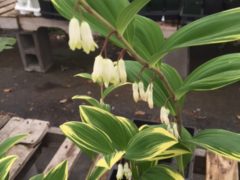
‘Variegatum’ Solomon’s seal
Polygonatum odoratum 'Variegatum'
Perennial Plant Association 2013 Perennial Plant of the Year! 16-20″ arching stems are lined with … Continued
Drought-tolerant and drought-resistant plants may still need supplemental water from time to time, but they can survive periods of dryness without dying.
Drought-resistant plants like cactus, hens and chicks, and sedums can go for very long periods without water and do not tolerate poorly drained locations. Drought-resistant tropical plants grown indoors in winter like cactus, Sansevieria, Echeveria, and other succulents sometimes fail due to overwatering.
Drought-tolerant plants grow in many textures and sizes and have different adaptations that help them get through periods of drought:
The latter two types of plants are drought tolerant once established because any new planting, regardless of drought tolerance, needs to be watered during the first growing season to allow roots to reach the depths needed to access moisture during dry periods.
It’s also important to note that survival may not mean that the plant will look its best during this time. Watering weekly for a longer period of time will result in the best-looking gardens with the highest tolerance for drought. During the hottest, dryest times in summer, watering deeply twice a week is recommended. These less frequent waterings will encourage root systems to expand, making it easier for plants to access moisture when their environment is dry.
Winter drought has become a bigger problem in recent years as snowfall declines. Evergreen plants are especially vulnerable during winter drought because their foliage continues to shed moisture while dormant deciduous plants have shed their leaves and can conserve moisture in woody stems and underground. Watering shrubs and trees in winter on days when the temperature allows (above freezing) will help ensure their healthy return in spring.
Here are some drought-tolerant and drought-resistant plants to grow—

Polygonatum odoratum 'Variegatum'
Perennial Plant Association 2013 Perennial Plant of the Year! 16-20″ arching stems are lined with … Continued
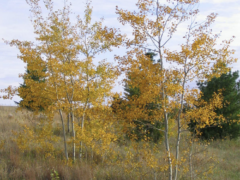
Populus tremuloides
Best grown in rich, humusy, consistently moist, well-drained soils in full sun. In the wild, … Continued
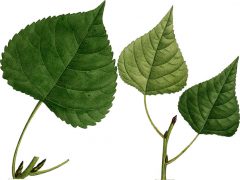
Populus deltoides
State tree of Kansas! Broad open crown of widely spreading branches covered in lustrous, bright … Continued

Portulaca grandiflora
A classic maintenance free annual with fancy rose-like blooms all summer. Often self-seeding in garden … Continued

Portulacaria afra f. variegata
Elephant bush plant may get 6- to 20-feet tall in habitat where it is a … Continued

Potentilla fruticosa 'Fargo' Dakota Sunspot®
Blooming from midsummer until frost, this compact shrub features bright yellow flowers and bright green … Continued
Potentilla nepalensis
Plants form a low mound of strawberry-like foliage topped with coral flowers, beginning in early … Continued
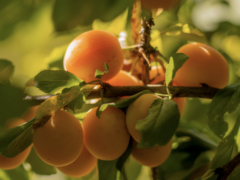
Prunus armeniaca
Apricot trees produce beautiful, fragrant blooms in early spring. One of the earliest stone fruits … Continued

Prunus avium
Cherry trees require full sun and sharply draining fertile soil. Full sun is defined as … Continued
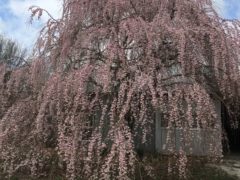
Prunus x 'Pisnshzam'
A stunning weeping tree with striking early spring color. Trees are blanketed with beautiful, fragrant … Continued
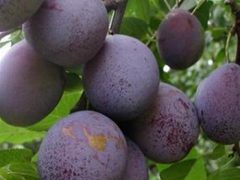
Prunus domestica/salicina
Plum trees need full sun to produce sweet fruit and flower buds for the next … Continued
Prunus pumila 'UCONNPP002'
Attractive glossy blueish-green leaves turn shades of yellow, orange, and red in the fall. Spring … Continued